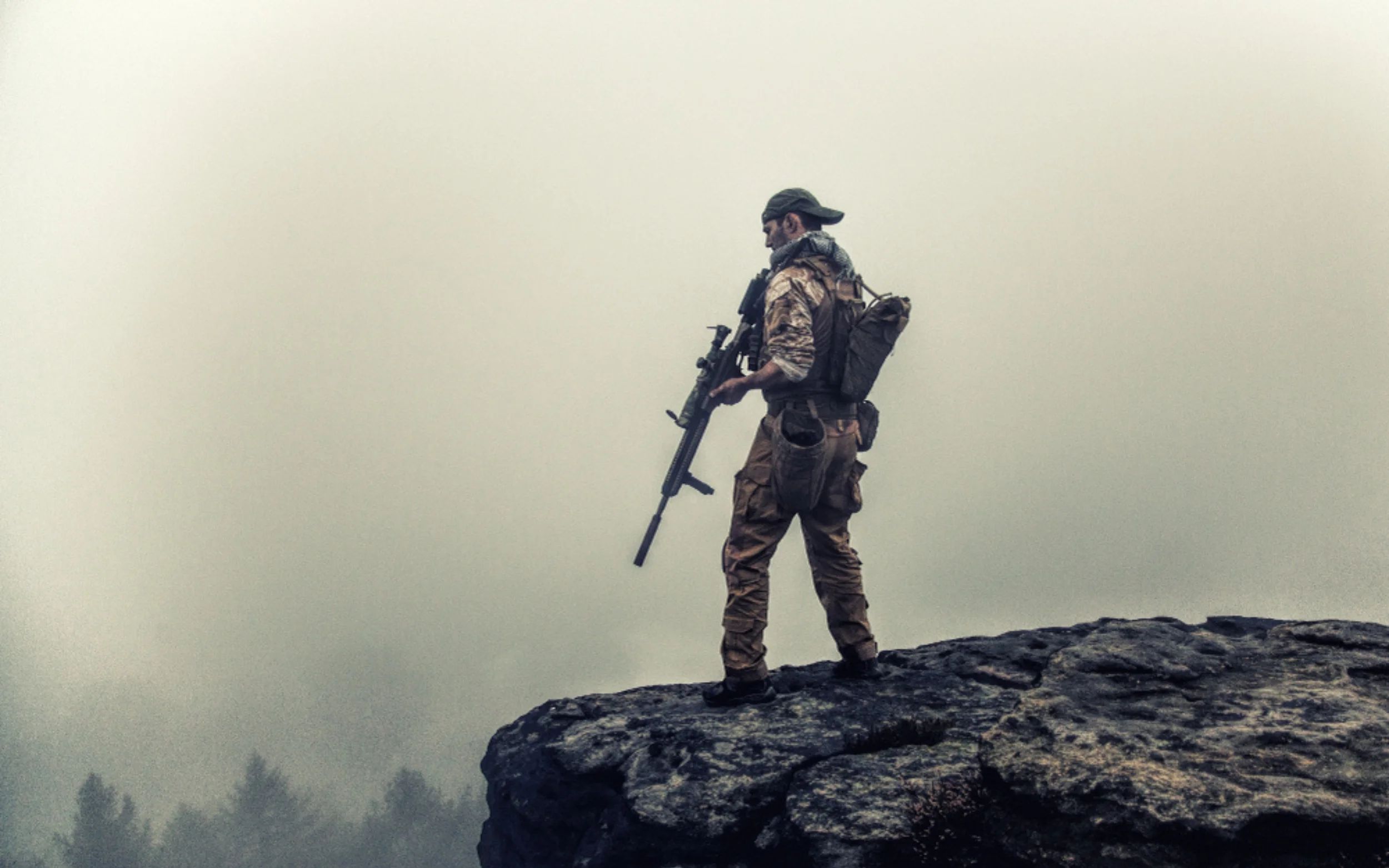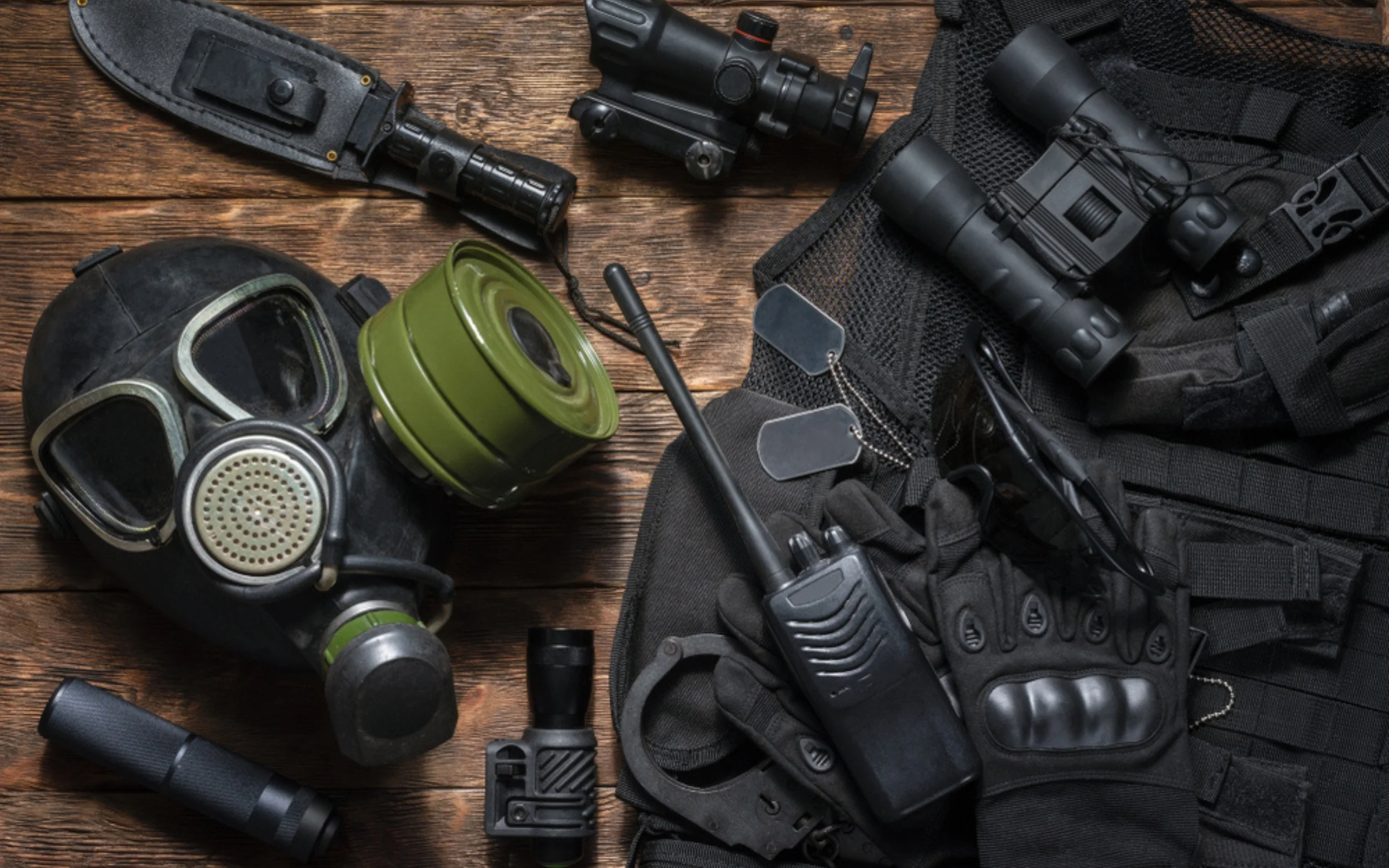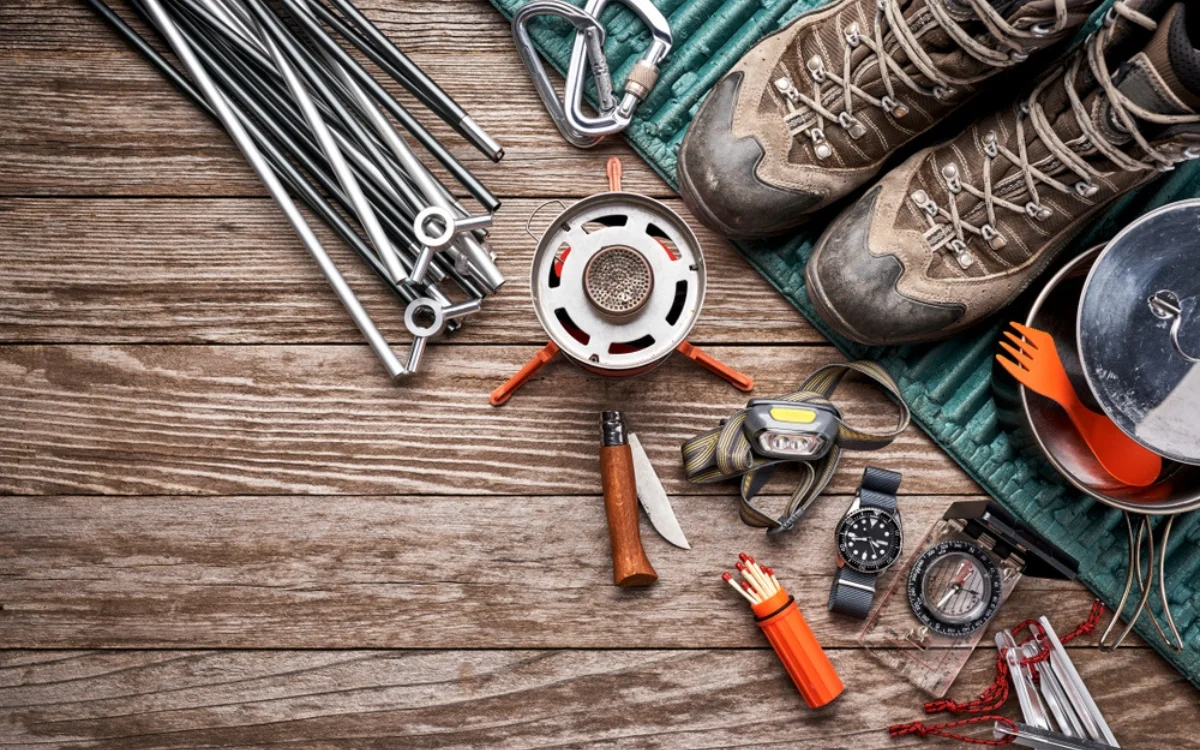The landscape of tactical operations has been metamorphosing over the past decade. The transformation is evident: more refined tactics, a higher degree of precision, and an undisputed emphasis on the agility of an officer, soldier, or any operative.
The Weight of Traditional Gear
You should recall the bulky part of tactical equipment. These instruments, though robust, bore significant weight, often burdening our law enforcement officers and military personnel.
The sheer weight would invariably sap the stamina of operatives, often compromising the mission they were outfitted for.
Material Innovation in Lightweight Tactical Equipment
Enter the era of innovation. New-age materials have steered the substantial shift from cumbersome to lightweight tactical equipment.
Thanks to advances in fabric science and alloy technology, today’s gear promises strength without the detrimental weight.
These materials have changed the game, offering benefits not just in weight but in durability, flexibility, and longevity.
Mobility and Speed: The Unseen Weapons

Speed is often an unseen weapon in tactical operations—deciding the outcome of critical situations. Lightweight gear significantly impacts this mobility, enabling operatives to navigate challenging terrains, pursue suspects, or evacuate areas with unparalleled ease.
Several operations can testify to the difference agility can make, with countless case studies highlighting the importance of every saved second.
Endurance and Stamina Preservation
Carrying less weight directly translates to lower physiological strain. This preservation of stamina means officers can perform longer operations without the cloud of fatigue hovering over them.
When in the field, the difference between carrying traditional equipment and lightweight alternatives can mean several extra hours of peak performance.
Enhanced Operational Readiness
Time is often of the essence in tactical situations. Lightweight gear ensures swift deployment, from quick holster draws to rapid equipment setups. This responsiveness becomes decisive in numerous real-world scenarios where every moment is pivotal.
Safety and Protection: No Compromises
A common misconception exists that lightweight gear might not offer the same protection as its heavier counterparts. However, this myth is disproved today.
Modern designs, backed by rigorous testing, ensure officers have top-notch safety features without the additional weight bogging them down.
Versatility and Multi-environment Adaptability
One of the highlights of contemporary lightweight tactical equipment is its adaptability. Whether operating through dense urban jungles or traversing vast desert expanses, these tools are versatile, ensuring seamless operations irrespective of the environment.
Economic Aspects: Lightweight vs. Traditional Gear

Financial sense often shapes organizational decisions. Lightweight tactical gear, though possibly pricier initially, promises long-term cost-effectiveness. The gear’s durability further enhances this value proposition, leading to substantial savings in maintenance and replacements.
The Importance of Proper Training
Advanced gear necessitates advanced military training. While lightweight equipment promises advantages, its potential is realized only when operatives are trained to leverage it effectively.
Thus, tailored training sessions become pivotal, ensuring the transition to lighter gear doesn’t compromise the skills honed with traditional equipment.
Evolving Threats Demand Evolving Gear
As the complexities in tactical operations burgeon, the demand for gear to meet these challenges becomes paramount.
Lightweight tactical equipment, with its multitude of benefits, stands at the forefront of this demand, ensuring that our operatives are always a step ahead.
The Power of Light in Tactical Operations
Light is not just about visibility; it is about speed, clarity, and the confidence to act swiftly. When operatives harness the power of light, be it through the gleam of a flashlight or the digital glow of a radio interface, they harness an essential tool in ensuring successful operations.
The Firm Hold of Modern Equipment

The precision and confidence an officer or soldier can hold their gear is paramount. From a weapon’s grip that feels just right to the ergonomics of a phone’s casing, the design of lightweight tactical gear ensures that every piece of equipment sits comfortably and securely in the hand. This steadfast hold allows quicker actions, draws, and more fluid movements.
Weaponry and Tactical Balance
The weapon, often central to many tactical operations, has seen innovations in design that prioritize balance and weight distribution.
Modern weapons, when paired with lightweight gear, offer unmatched maneuverability. This ensures officers can move, aim, and act precisely, even in high-pressure situations.
The Belt: The Unsung Hero
In the world of tactical operations, the belt is more than just a strap; it’s the backbone holding an array of essential tools. Whether it’s a radio for crucial communications, a phone with vital apps and contacts, or a baton that can be swiftly drawn, the belt’s design has evolved.
Today’s belts are not just about holding items; they ensure quick access, weight distribution, and comfort.
Radios and Phones: The Lifelines
In an age where communication is vital, radios and phones become the lifelines for any operative. Ensuring these devices are lightweight, durable, and easily accessible can distinguish between a successful and compromised operation.
Their placement, often on a tactical belt or vest, ensures officers are always just a touch away from their team.
The Baton, Flashlight, and Magazine: A Trio of Efficiency

Other tactical accessories, including the baton, flashlight, and magazine, may seem like disparate tools, but in the hands of a trained operative, they form a trio of efficiency.
A lightweight baton ensures swift deployment in crowd control or defense. When slim and potent, the flashlight illuminates dark alleys and potential threats.
Meanwhile, spare magazines or clips, designed for easy access and quick reloads, guarantee that officers are always ready.
Defensive Measures: The Gas Mask
While most equipment focuses on offense or communication, the gas mask is defensive. When chemicals or tear gas are deployed, having a lightweight, easily accessible gas mask can be life-saving.
Modern designs ensure these masks provide maximum protection without being cumbersome, allowing operatives to continue their missions without hindrance.
Conclusion
The undeniable future of tactical operations is intertwined with lightweight tactical gear. Its efficiency-enhancing capabilities and many benefits make a compelling case for widespread adoption.
As the tactical landscape evolves, so must our equipment, pushing industries to innovate further and redefine the possible boundaries.
Frequently Asked Questions
How do operatives train to transition from traditional to lightweight gear?
Transitioning involves simulation exercises, field drills, and feedback sessions. Training with real-life scenarios ensures operatives can adapt to the feel and functionality of new equipment.
Do lightweight weapons compromise on firepower or range?
Not necessarily. Many lightweight weapons are designed to maintain firepower and range. The weight reduction often comes from innovative materials and design optimization without compromising performance.
Can civilians purchase lightweight tactical gear?
Yes, most lightweight tactical gear, except for certain restricted items, is available for civilian purchase. However, regulations may vary depending on the country or region.

